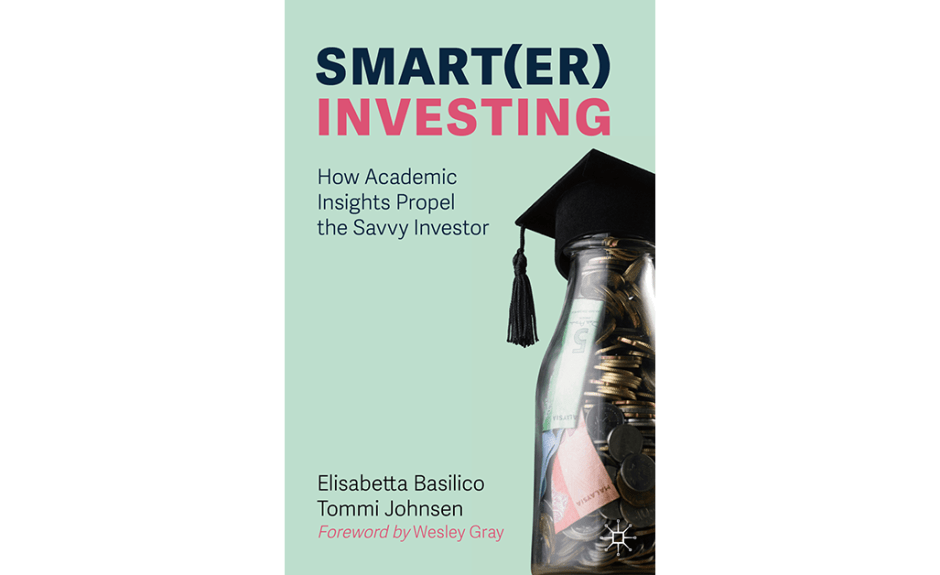
Editor's Note: The reviewer and the primary author of the book both work at the University of Denver, but they have no professional or personal relationship.
How can investors, with their constant need to stay on top of the evolving field of finance, sort through numerous authors' claims to have written the latest must-read study?
In Smart(er) Investing: How Academic Insights Propel the Savvy Investor, University of Denver professors Elisabetta Basilico, PhD, CFA, and Tommi Johnsen, PhD (retired), provide a field guide to identifying quality research that enables those outside the ivory tower to incorporate proven ideas into the practice of investment management. They also offer producers of research sound guidelines for research designs that lead to findings that stand the test of time. In addition, the authors identify the red flags that signal that a study's methodology will likely produce unreliable results.
Why do investors need to refine their ability to assess the quality of research studies? Consider the widespread incentives simply to produce research, regardless of its practical value. Professors need to "publish or perish." Similarly, asset managers must generate research to justify their fees in a hypercompetitive market for investment services. In this environment, investment professionals should read research with a critical eye.
Basilico and Johnsen convey this message in a thorough discussion of the techniques less scrupulous researchers use to generate seemingly significant results. One such technique is data snooping, which consists of excessive statistical inference that is not preplanned and is made after examining the data. If researchers report only selected results from multiple inferences, the reported statistical significance may be inaccurate, and conclusions from the study may be misleading. The book also explains how researchers may be p-hacking by applying a variety of statistical techniques to the data but misleadingly reporting only the